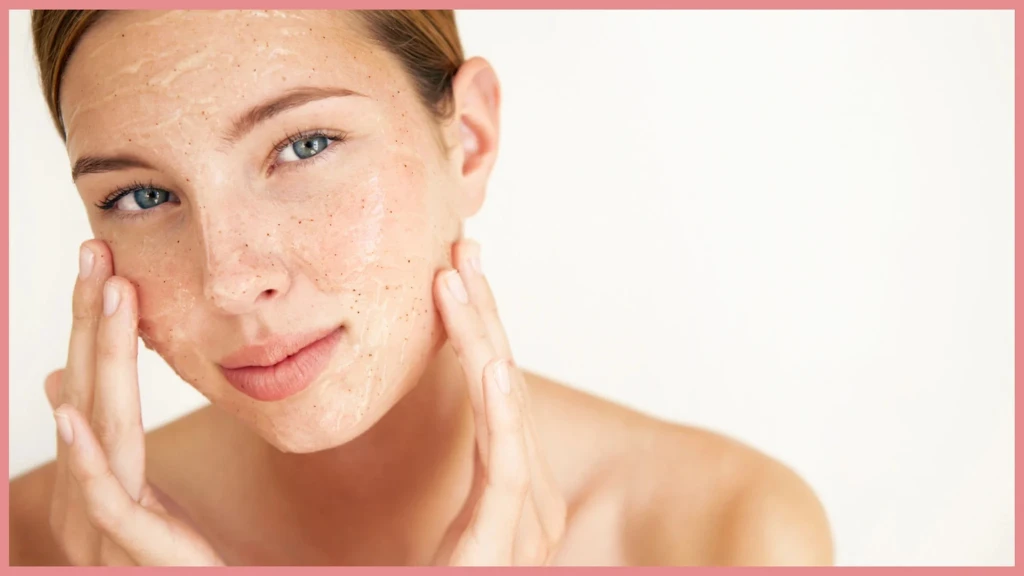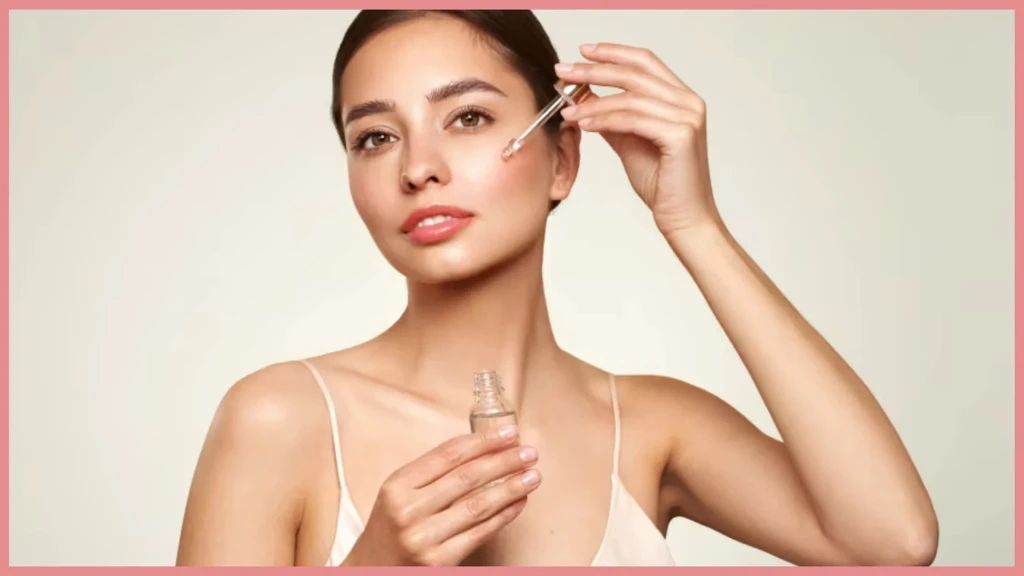Vitamin E Oil for Face? Is It Worth It?
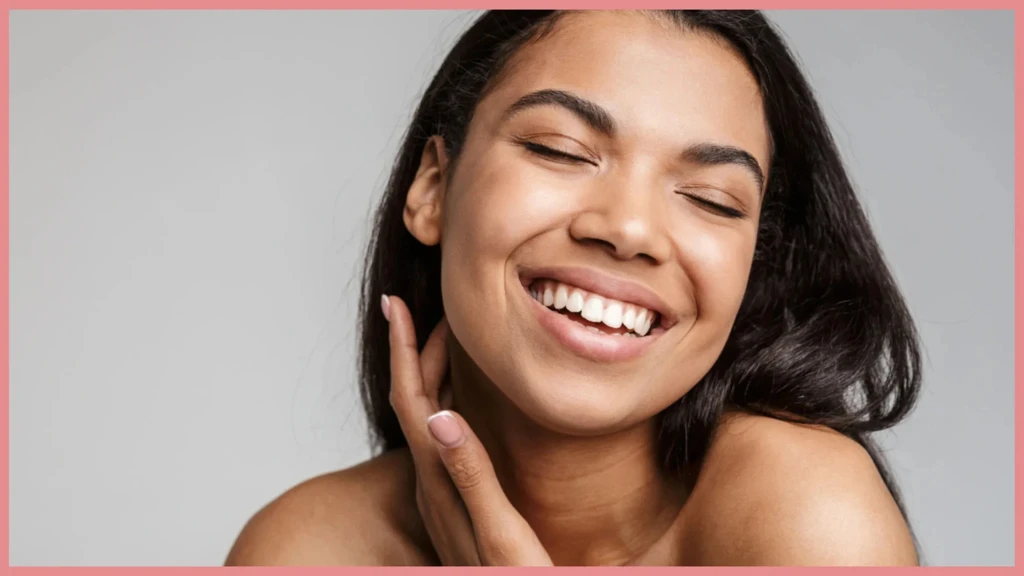
Do you ever find yourself searching for that one ingredient that can work wonders for your skin? You know, something natural that could make a noticeable difference? Well, I’ve been there too—constantly trying out different products, hoping to achieve that smooth, radiant glow.
Among the sea of skincare options, one that’s stood the test of time is Vitamin E oil. But is it really as good for your face as some people claim? I'll explore.
How to Use Vitamin E Oil on Your Face
What is Vitamin E Oil?
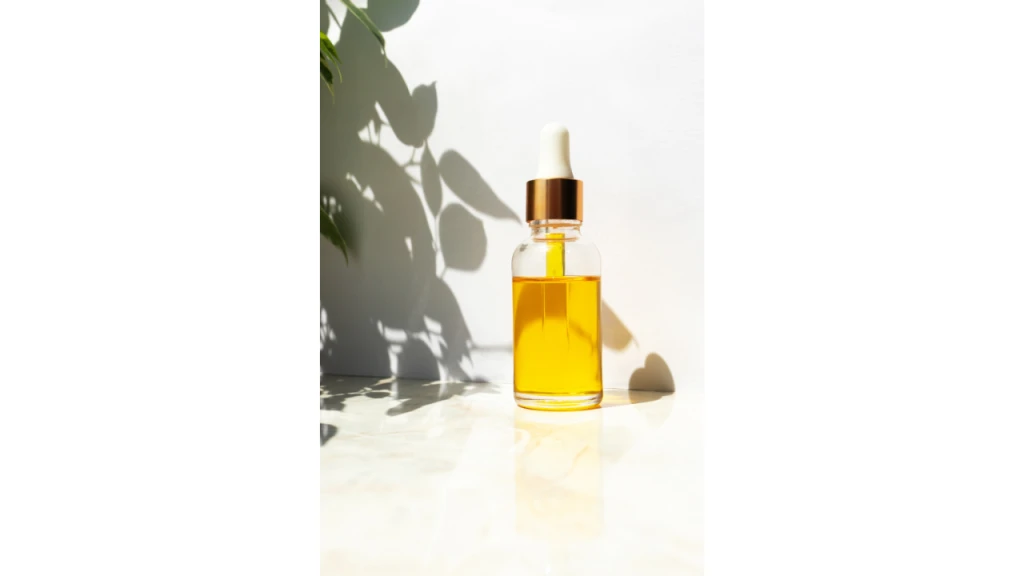
Vitamin E is a well-known antioxidant that our bodies actually need to function properly. It’s often highlighted in the skincare world for its ability to fight off damage from free radicals (those sneaky molecules that can mess with our skin's health).
When we talk about Vitamin E, we’re not just referring to a single compound. There are actually two main types: tocopherols and tocotrienols, with d-alpha-tocopherol being the most bioactive and commonly used in skincare products. Fun fact: Vitamin E is fat-soluble, meaning it loves to hang out in our skin’s natural oils, like sebum. So, if you have oily skin, congrats—you might already be benefiting from extra Vitamin E!
You can find this vitamin naturally in foods like nuts, seeds, and leafy greens. Adults are generally recommended to get about 15mg of Vitamin E daily. But what happens when you apply it directly to your face? Let’s dive into that.
Benefits of Vitamin E Oil for the Face
If you’ve ever wondered if Vitamin E oil deserves a spot in your skincare routine, you’re not alone. Here are some of the perks it can offer:
Moisturization
Vitamin E oil is known for being super hydrating. It’s especially great for those of us dealing with dry or sensitive skin. When I tried using it during the winter, my skin felt moisturized for hours, even after braving the cold air.
- It locks in moisture, keeping your skin soft for up to 16 hours.
- Helps strengthen your skin’s natural barrier, which can be a game-changer if you’re struggling with conditions like eczema or psoriasis.
Antioxidant Powerhouse
One of the biggest reasons Vitamin E is such a superstar in skincare is its antioxidant properties. It protects your skin from free radicals that can come from UV rays, pollution, or just everyday exposure to the environment.
It’s like an invisible shield that neutralizes those skin-damaging free radicals.
Vitamin E’s photoprotective properties help prevent premature aging, reducing the appearance of fine lines and wrinkles.
Anti-Inflammatory Action
Do you ever get redness or irritation after trying a new product or spending too much time in the sun? Vitamin E oil might help soothe that.
- It calms down inflammation, reducing redness and irritation.
- Provides relief for itchy, dry patches, making it a great option if you have sensitive skin.
Skin Healing & Regeneration
If you’re someone who’s dealt with acne scars, dark spots, or just those pesky marks that seem to stick around forever, Vitamin E oil might be your new best friend.
- It’s known to help speed up cell regeneration and repair damaged skin.
- As a black woman, vitamin E oil has worked wonders for evening my skin tone where I was dealing with some hyperpigmentation and dark spots.
Sunburn Relief
While it shouldn’t replace your sunscreen, Vitamin E oil can be great for soothing a sunburn. Just dab a little on the affected area for some extra comfort.
Cleansing
Surprisingly, Vitamin E oil can also double as a cleansing oil. It’s thick enough to dissolve dirt, grime, and even some makeup, yet gentle enough to not strip your skin’s natural oils.
Anti-Aging & Under-Eye Circles
A little Vitamin E oil under the eyes can help reduce the appearance of those dark circles that make us look tired—even after a full night’s sleep. Plus, it keeps skin smooth and helps maintain elasticity.
How to Use Vitamin E Oil on Your Face
Adding Vitamin E oil to your skincare routine can be a great way to boost hydration and repair your skin, but it’s important to know how to use it properly.
Here’s a breakdown of how to get the best results without overwhelming your skin.
Always Do a Patch Test

Before diving in, make sure to do a quick patch test on a small area of your skin. This helps you catch any potential allergic reactions before applying it to your entire face. Trust me, it’s worth the extra step to avoid any unwanted redness or irritation.
Application Methods
There are several ways to incorporate Vitamin E oil into your routine. Whether you’re using it solo or mixing it with other products, here’s how you can make it work for you:
- Direct Application: For a quick skin boost, apply a few drops directly to your face. Gently massage in circular motions until fully absorbed. It works best at night when your skin can soak in all the goodness as you sleep.
- Combine with Moisturizer: If the oil feels too heavy, try adding a couple of drops to your favorite moisturizer. This gives you the benefits of Vitamin E without feeling overly greasy.
- DIY Face Masks: Feeling creative? Mix Vitamin E oil with ingredients like honey or mashed avocado. One simple recipe: blend a teaspoon of honey with a drop or two of Vitamin E oil for a hydrating mask that’s perfect for dry skin.
- Overnight Treatment: If you’re dealing with extra dryness, apply a thin layer of Vitamin E oil before bed. Let it work its magic overnight for soft, plump skin by morning.
Application Tips
To get the most out of your Vitamin E oil, a little preparation goes a long way:
- Preparation: Start with a clean slate. Wash your face and pat it completely dry.
- Warm Towel: For better absorption, hold a warm towel over your face for a minute to open up those pores.
- Dilution: If pure Vitamin E oil feels too thick, mix it with a lighter oil like jojoba or coconut. This makes it easier to spread and less likely to clog pores.
How Long to Leave It On?
How long you leave Vitamin E oil on your face can vary depending on your skin type:
- Sensitive Skin: Stick to about 15 minutes to prevent irritation.
- Oily Skin: Same deal—15 minutes max to avoid blocking your pores.
- Dry Skin: You can leave it on overnight for that deep hydration boost.
- Normal Skin: Feel free to leave it on overnight, especially if you’ve diluted it with a carrier oil.
Removal
When it’s time to wash it off, use warm water to gently cleanse your face. This helps remove any excess oil without stripping your skin of moisture.
Frequency
Less is more when it comes to Vitamin E oil. Applying it once or twice a week should be enough to see benefits without clogging your pores.
Combination with Other Ingredients
Looking to level up your skincare game? Vitamin E pairs well with Vitamin C for an antioxidant powerhouse duo that brightens and protects your skin.
Usage During Pregnancy
Vitamin E oil can be a helpful remedy during pregnancy for addressing stretch marks, acne, or eczema. However, it’s always best to check with your doctor before adding anything new to your skincare routine during this time.
Choosing the Right Vitamin E Oil
Not all Vitamin E oils are the same, so choosing the right one can make a big difference in your skincare results. Here’s what to keep in mind when shopping:
Natural vs. Synthetic
Vitamin E comes in both natural and synthetic forms, but natural sources (d-alpha-tocopherol) are more potent and easier for your skin to absorb. Whenever possible, opt for products that list natural Vitamin E on the label.
Oil Purity
Look for cold-pressed, unrefined oils to ensure maximum benefits. These oils retain more of their natural nutrients and are less likely to contain additives or harsh chemicals that could irritate your skin.
Packaging
The packaging of your Vitamin E oil matters too. Choose oils in dark glass bottles, which help protect the oil from light and air, preserving its potency longer.
Labeling
Be mindful of what’s on the label. Look for terms like tocopheryl acetate or tocopherol, which indicate the presence of Vitamin E. Natural sources are often labeled as "d-alpha" rather than "dl-alpha," which is synthetic.
Potential Side Effects and Precautions
While Vitamin E oil has plenty of benefits, it’s not without its potential drawbacks. Here are some things to watch out for before adding it to your routine:
Possible Allergic Reactions
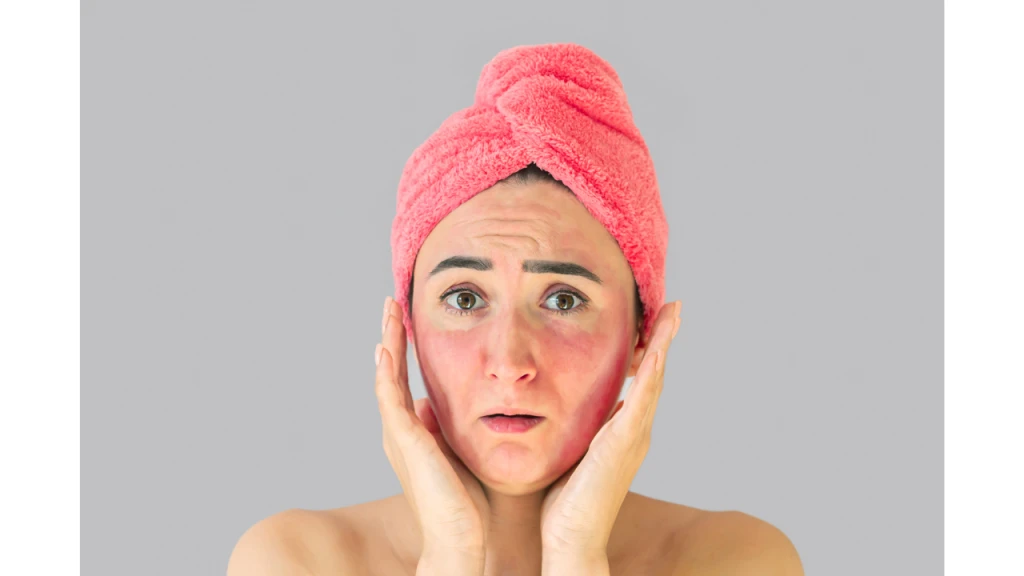
Some people may experience allergic reactions, like rashes, itching, or redness, after using Vitamin E oil. To avoid unpleasant surprises, always do a patch test on a small area of your skin first.
Not Suitable for All Skin Types
Though Vitamin E oil is generally safe, it may not be ideal for everyone. If you have oily or acne-prone skin, using it topically could worsen breakouts or increase oiliness. Listen to your skin—if it feels clogged or looks irritated, it might be best to skip it.
Clogged Pores
Even for those with dry skin, overusing Vitamin E oil can sometimes lead to clogged pores, especially if it’s applied too frequently or in thick layers. To avoid this, use it sparingly—just once or twice a week is usually enough for most skin types.
The Bottom Line
Vitamin E oil can be a game-changer for your skin, especially if you’re looking for a natural way to boost hydration, fight off free radicals, or just add a little glow.
But like with any skincare ingredient, it’s all about balance. Start slowly, see how your skin reacts, and adjust as needed. And, of course, don’t hesitate to consult a dermatologist if you have any concerns.


